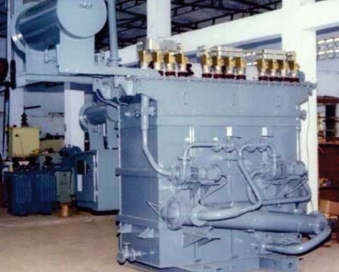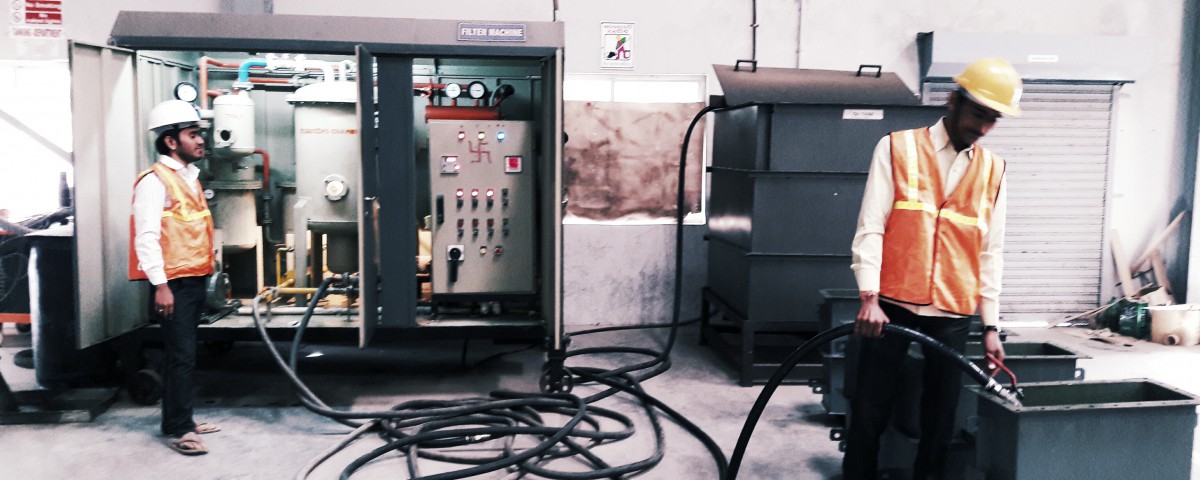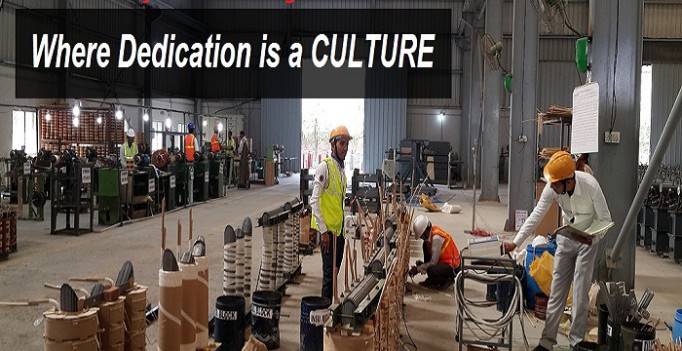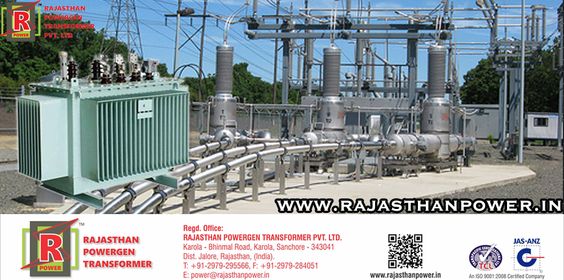With the increasing demand in energy, the investment in transmission and distribution has not increased proportionate thereby restricting grid efficiency and reliability. In USA there are hundreds of thousands of high voltage transmission lines only 668 additional miles of interstate transmission have been laid since 2000. In India the furnace transformer manufacturers, Rajasthan Powergen are opening up to the idea of smart grids.
Because of this the system constraints are worsening and power quality issues are expected to cost American businesses an average of more than $100 billion each year. US is open to blackouts as a result of the grid centralised structures and their inter-dependencies have a mounting series of failures that could bring banking, communications, traffic, and security systems among other things to a complete halt.
A grid that is more efficient in energy production and distribution is the only solution to the problems of ageing power grid, increasing cost of electricity generator and the environmental costs. Furnace transformer manufacturers in India are also considering smart grids now.
“Smart Grid”, is an electricity distribution system that asks use of digital technology to reduce waste and improve reliability.Supporters of the smart grid say that it would lead to opening up of new markets for large and small scale alternative energy producers by decentralising generation.
More on the Smart Grid
” Smart Grid will take electricity from suppliers to consumers using digital technology to save energy, reduce cost, and increase reliability and transparency.”
Till the time each major device and system that is part of the grid is able to communicate with every other system on the grid smart grid will not be possible. This interoperability depends on a coordinated framework of protocols and standards which is in initial stage of planning.
How Much of the Smart Grid is Already Here?
Substation automation, SCADA systems, reactive power compensation, feeder automation are the smart devices which have been implemented by utilities. But the available technology and resources are the constraints in this process. Utilities require experienced and reliable technology partners to help make the switch to a nationwide implementation.
Transformers and the Smart Grid
The smart grid utilises technologies, tools and techniques that will:
* Ensure its reliability
* Keep it cost effective
* Reinforce its global competitiveness
* Accommodate both renewable and traditional energy sources
*Greatly reduce the carbon footprint
*Introduce us to advancements and efficiencies yet to be thought

Adopting Smart Grid will improve every facet of the electric delivery system, be it generation, transmission, distribution or consumption.
Smart grid will require ‘smart transformers’ – which is the epitome of energy collection and distribution. Most of the transformers in the distribution network, lack any intelligence or communication capabilities – or to generalize the concept of advanced metering infrastructure (AMI) – are parts of an advanced sensor infrastructure (ASI) network.
Furnace transformer manufacturers in India, Rajasthan Powergen realise the severity of the situation and hence are investing in on-line transformer monitoring products and diagnostic service .These technologies will prove to be essential for reducing transformer failures and resultant blackouts and making grid reliability better. They will also lead to reductions in the maintenance costs and by extending a transformer’s useful life will balance the capital expenditure.






